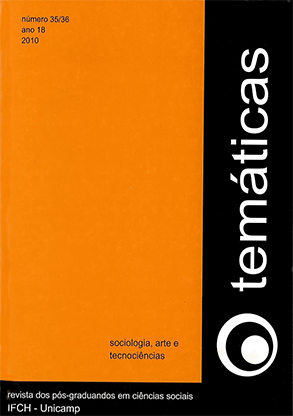Abstract
Nowadays the term “mobility” is recurrent in our vocabulary. Used in different ways, this term became a very celebrated quality, desired and positive, largely due to its association with the mobile communication technologies, particularly, the cellular networks technology. The present paper intends to show what forms of mobility are produced by this technology, exploiting its operation's logic and its evolutionary line. Therefore the purpose here is to explore the mobile communication network’s technicalities and check the forms of mobility as manifested through their mobile devices (cell phones): these objects that articulate communication and movement and that are moreover in a continuous process of change and adaptation.
References
AGAR, Jon. Constant Touch: a global history of the mobile phone. Cambridge: Icon Books, 2003.
LEVINSON, Paul. Cellphone: The story of the world's most mobile medium, and how it has transformed everything! New York, NY: Palgrave Macmillan, 2004.
RIVIÈRE, Carole Anne. Télephone Móbile et Photographie: les nouvelles formes de sociabilités visuelles au quotidien. Sociétés, Paris, nº91(1), 2006, p. 119-134.
TAYLOR, Alex S; VINCENT, Jeane. An SMS History. In: Mobile World: past, present, and future. HAMILL, Lynne; LASEN, Amparo (orgs). Ed. Springer, 2005.

This work is licensed under a Creative Commons Attribution-NonCommercial-ShareAlike 4.0 International License.
Copyright (c) 2010 Diego Jair Vicentin

